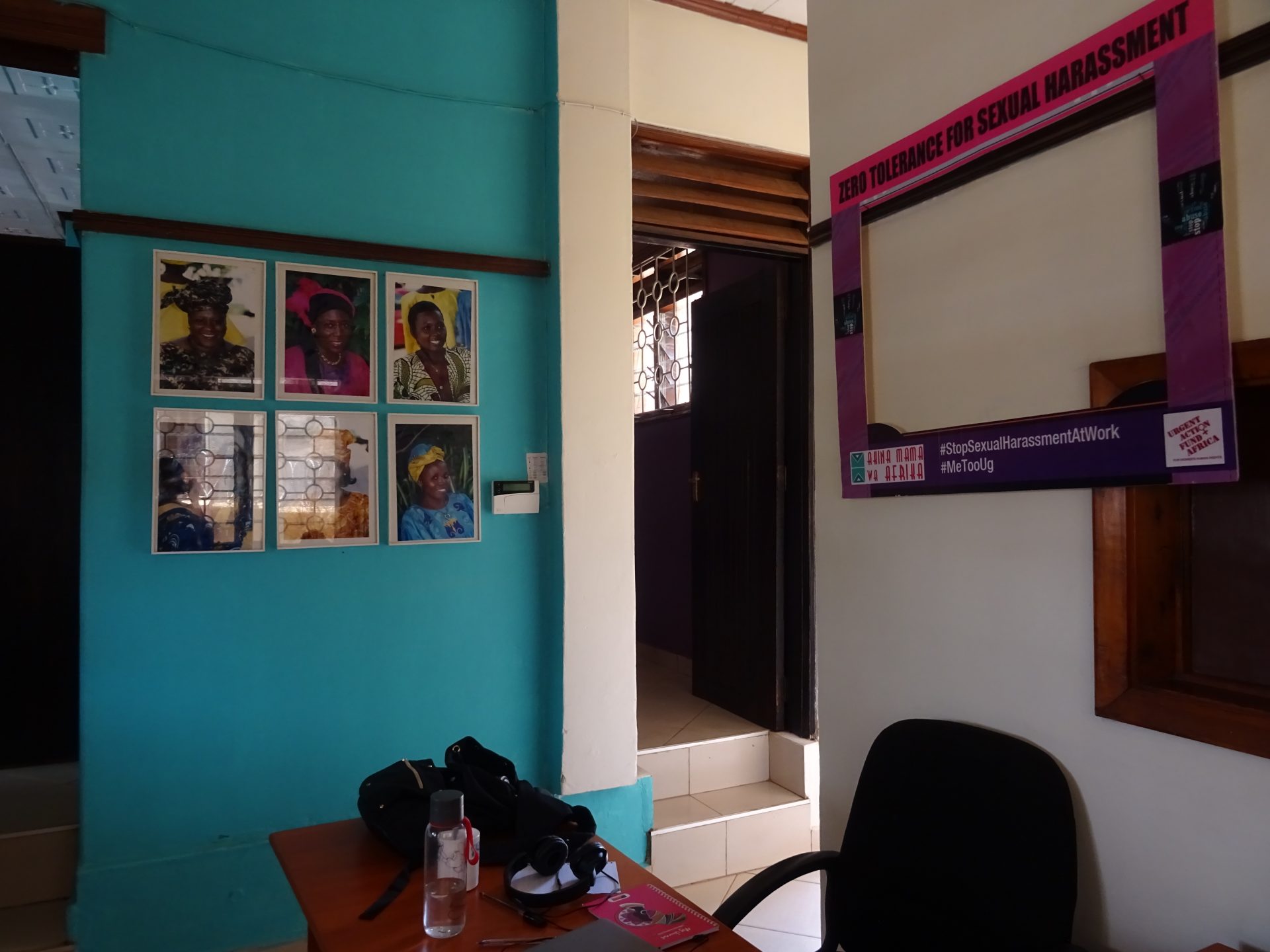The first empirical chapter invites us to explore the early stages of young women’s engagement with feminism in Uganda. To answer the question of 'why does the idea of solidarity emerge at the individual level of young feminists?', I have focused on the personal journey of two women, Sue and Patricia, who had participated in the African Women Leadership Institute and worked at AMwA at the time of this research. The decision is motivated by several reasons. On the one hand, these stories provide a comparative overview of some of the factors that impact to different extents the engagement of young Ugandan women with feminism. On the other, it allows exploring this process from an evolutionary perspective within the specificities of the context of Kampala. To explore the connections between their individual experience and the adoption of the feminist idea of sisterhood, I take the approach of ‘affective solidarity’ developed by Clare Hemmings (2012). The British scholar proposes an approach of ‘affect’ to understand the modes of engagement of women with feminist politics. Applying this analytical approach, one can observe how the initial sense of injustice and frustration gave rise in Sue and Patricia to an early sense of solidarity that predisposes them to connect and engage with others.
Then, I complement this approach with a comparative analysis of the role of social media as a space encouraging young women’s engagement with feminism. In the case of Sue, I employ Keller’s theory (2015) to understand how the collective dynamics on the Internet influence young women’s engagement with feminism and the effects on their agency. While Sue’s experience illustrates Twitter as a tool to connect with feminist communities and develop an early sense of agency and identity as a feminist, for Patricia, it constituted an indirect, unintentional channel to feminism.
These interactions come to be framed within a cultural context where the feminist tag acquires negative connotations. Tracing back its sources, this section focuses on the influence of the Christian church, one of the most relevant institutions not only in this society but also in the lives of young women. Through the experience of Sue and Patricia, it is appreciated how young women use their agency and critical thinking to deal with the tension emerging from both ideologies in their daily lives.


